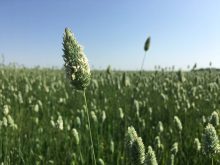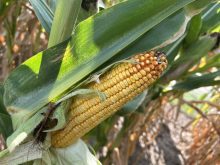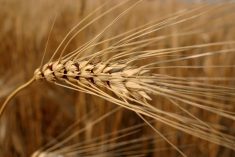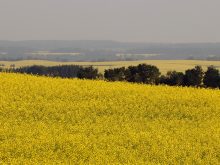Jason Freeman doesn’t have to look at today’s organic prices to get a bead on how farmers are faring. He just looks at their faces.
“Our members are very happy. It’s an exciting time to be an organic farmer,” said Freeman, marketing manager for Farmer Direct Co-operative Ltd.
But when he does glance down at the contracts on his desk he has negotiated with European buyers for 2008 delivery, the prices his members are receiving are eye-popping.
Farmers are getting $14 to $17 a bushel for their durum, hard red spring wheat and soft white spring wheat.
Read Also
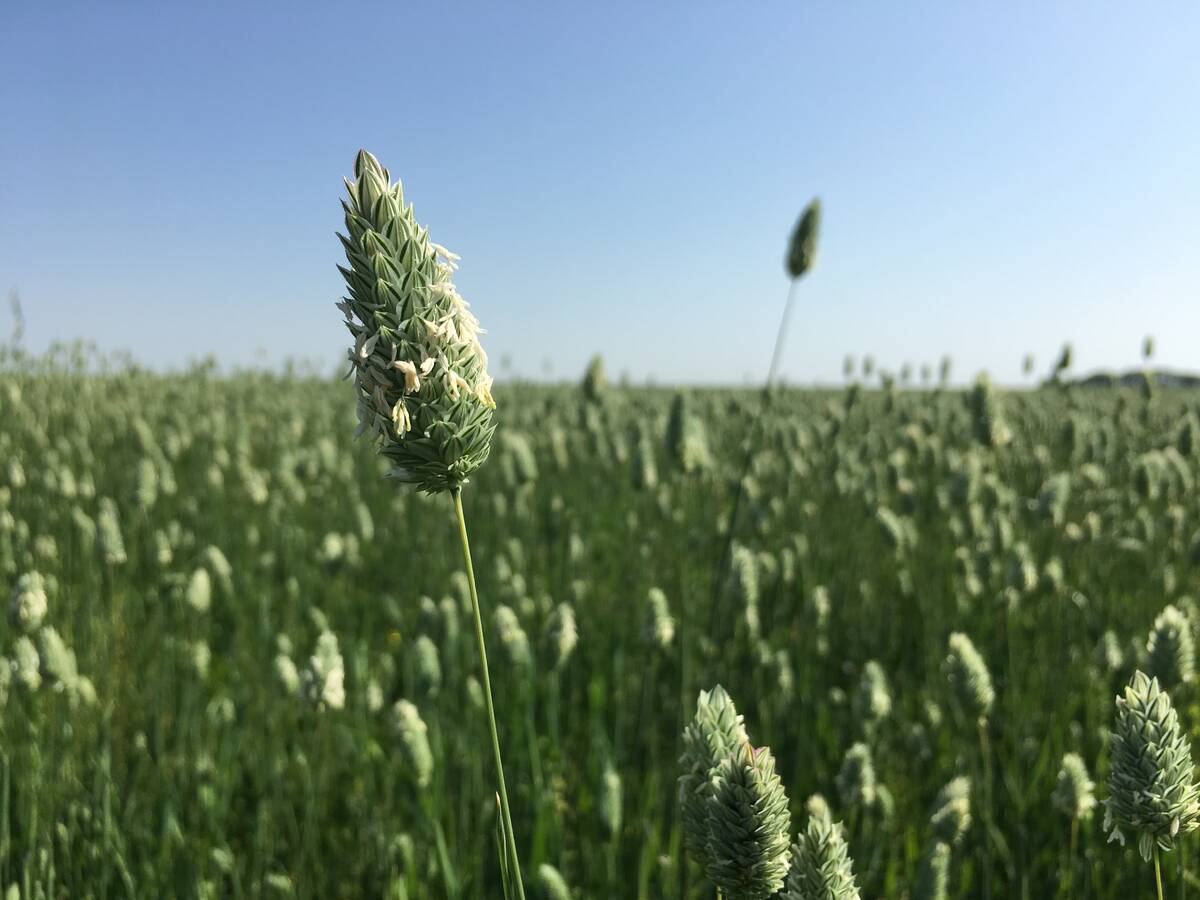
No special crop fireworks expected
farmers should not expect fireworks in the special crops market due to ample supplies.
“(Prices) are just going through the roof. It’s amazing,” said Freeman.
There are a number of reasons for the surge, foremost being the strengthening of conventional prices. That trend had some people in organic circles worrying that organic premiums might not be as large as they once were.
“If that gap narrows too much we’re not going to be able to attract new entrants to organic farming. Why would they want to transition if they can get the same prices elsewhere?” said Laura Telford, executive director of Canadian Organic Growers.
But that doesn’t appear to be the case. Freeman said many organic grains are still selling for 1.5 to two times their conventional counterparts, due to demand continuing to outpace supply.
This year’s supply shortage has been exacerbated by production shortfalls in Australia and Europe.
“Europe had a horrible harvest so the Europeans are coming in with really unprecedented prices because they just don’t have any organic grain,” said Freeman.
By comparison, Canada had average to slightly above average organic yields, and Freeman gushed with adjectives to describe the superb quality of the crop.
“Excellent. Phenomenal. Possibly the best year we’ve seen,” he said.
Protein levels are extremely high on wheat and durum, with a lot of No. 1 product coming through the door. Quality is excellent on the barley, although because of the high protein levels, much of the crop won’t make malting grade. That shouldn’t present much of a dilemma due to strong feed market demand.
Rye has been a hot commodity for Farmer Direct, there is above average demand for peas and oat prices are on the rise as domestic processors attempt to keep pace with strong wheat and barley prices.
Freeman said buyers are shell-shocked by the prices they’re forced to pay, but that is where they need to be if they want to at least maintain acres next year.
Dag Falck, organic production manager with Nature’s Path Foods Inc., one of the largest buyers of organic foods in North America, said his company is taking a wait and see approach with some of its purchases.
“Generally in manufacturing you try to have a steady projection for cost increases and right now we’re not seeing the steady increases, we’re seeing outlandish increases,” he said.
Wheat prices this fall have been as much as 50 percent above last year’s levels, but Falck thinks the market will calm down.
“We’re hoping that we’re going to be limited to 20 to 30 percent increases once it settles. That’s (still) much more than we’re used to. We’re used to seeing around three percent increases.”
Falck said it is too early to say how much of the price increase will be passed along to consumers at the retail level. Another nagging worry is that with conventional prices as high as they are, growers may stop making the transition into organics despite the attractive premiums.
“Farmers that were thinking about transitioning may not have the same incentive now. That’s definitely a concern for us,” said Falck.
He said the transition rate was already lagging behind consumer demand, with about five percent new organic acres in Canada attempting to address a 20 percent annual increase in demand for organic products.



